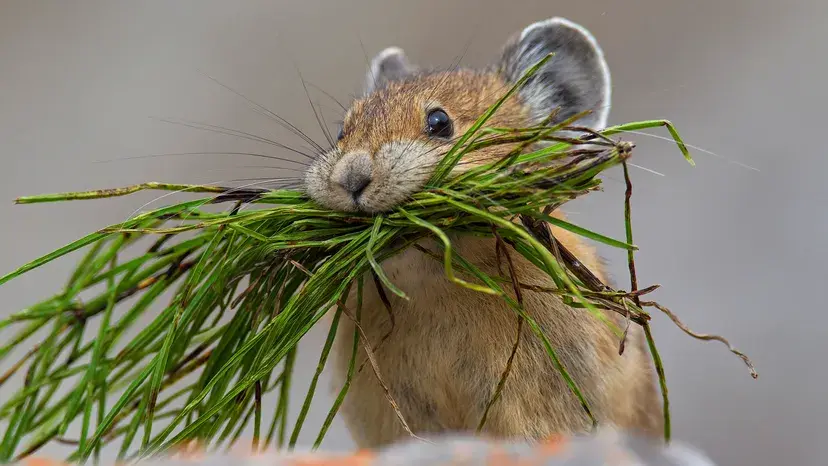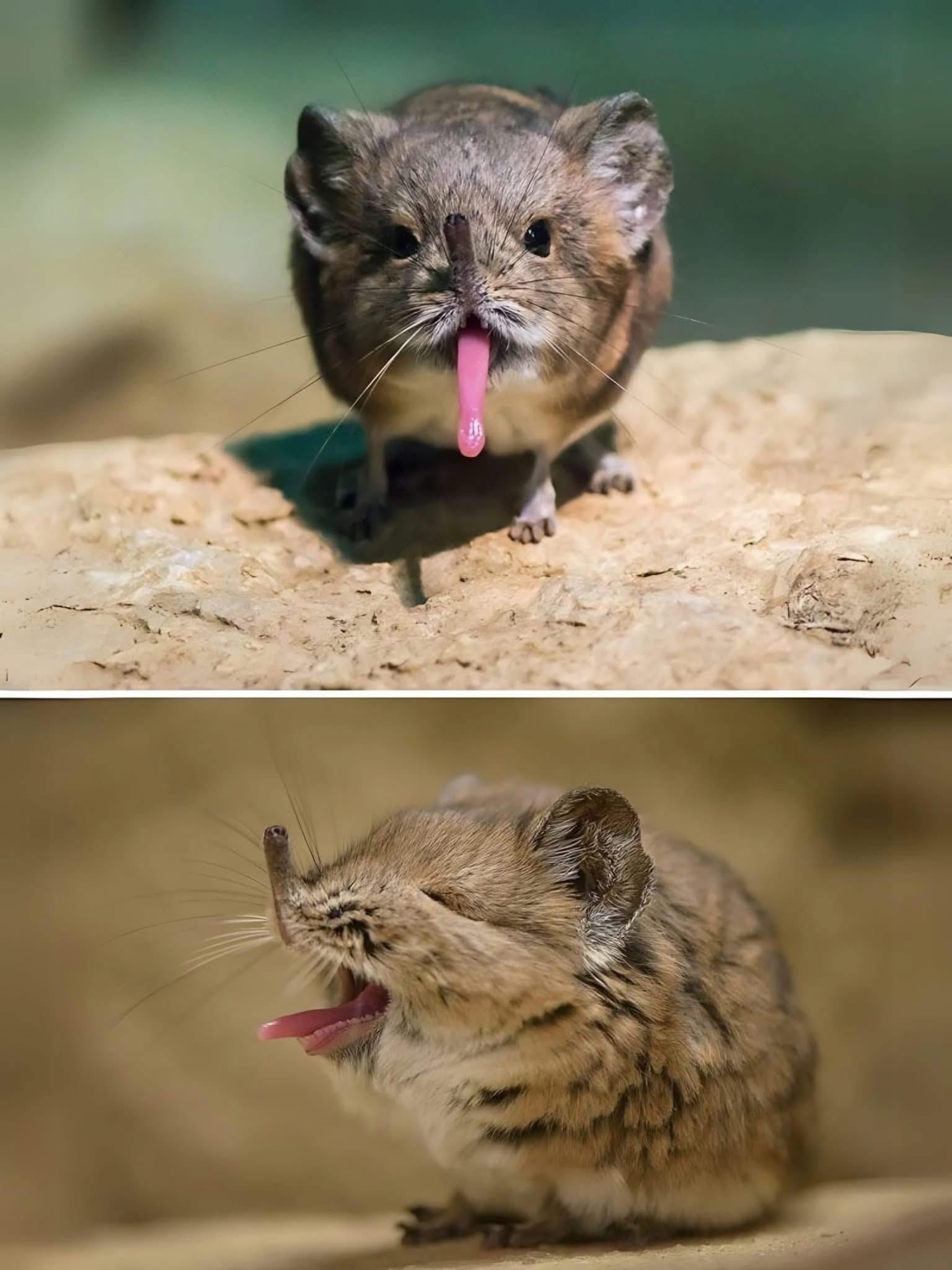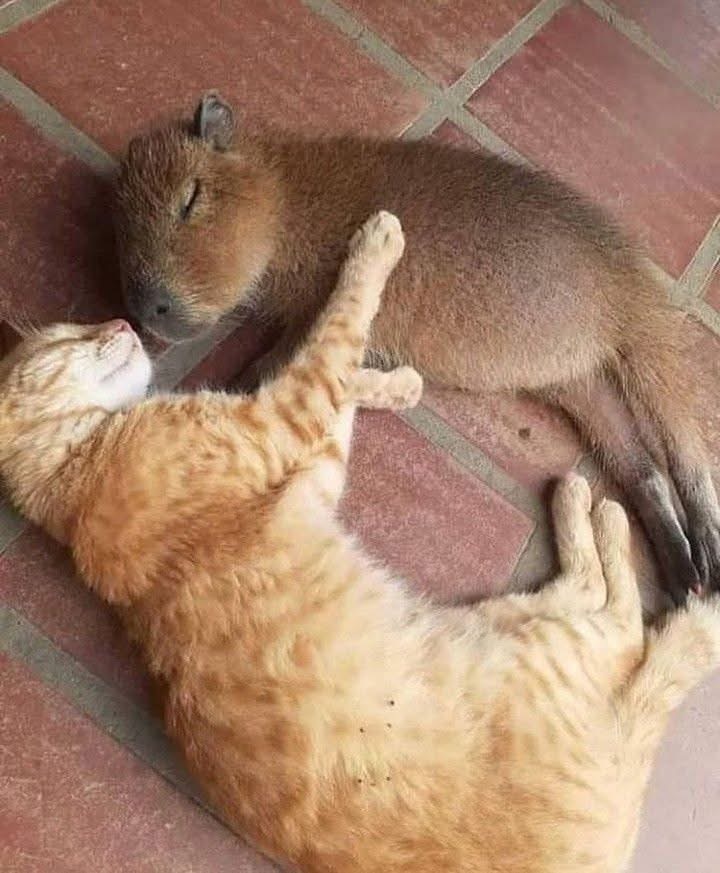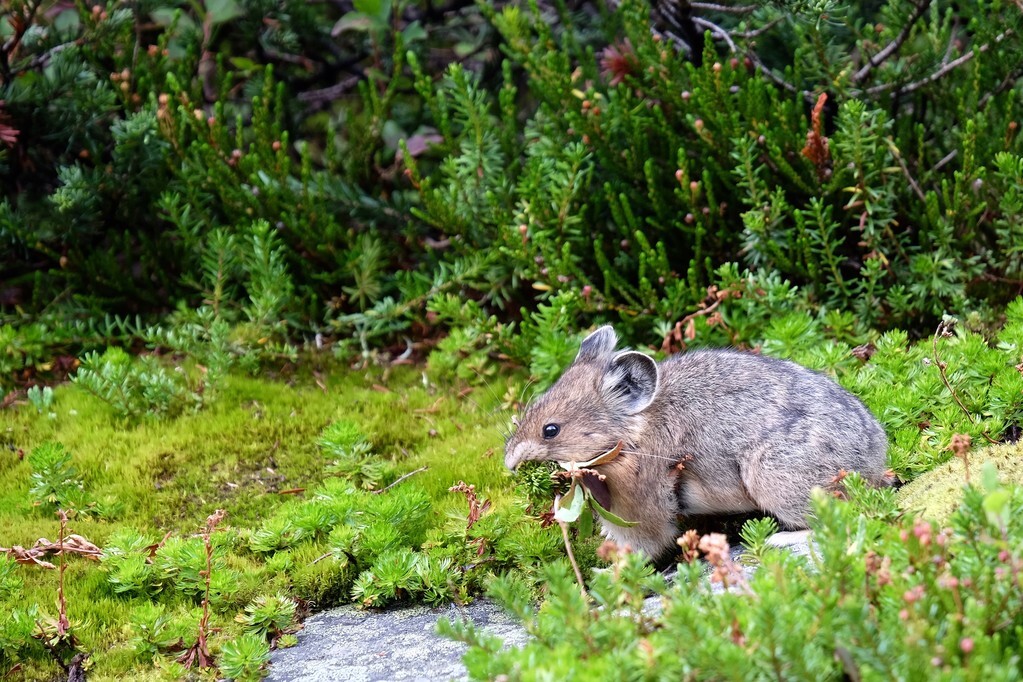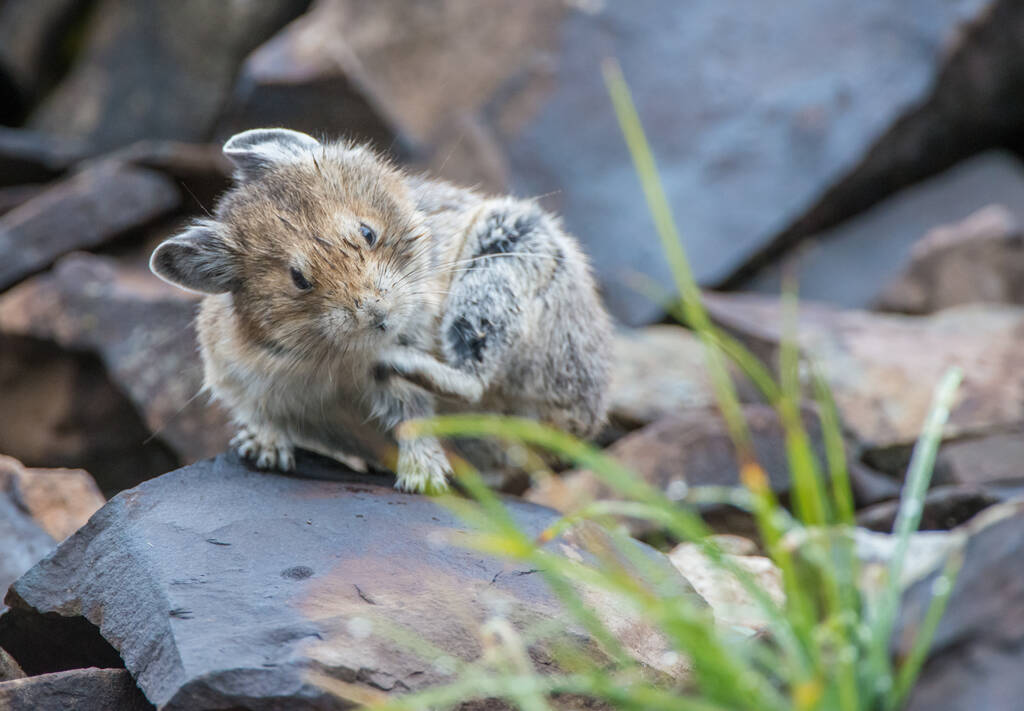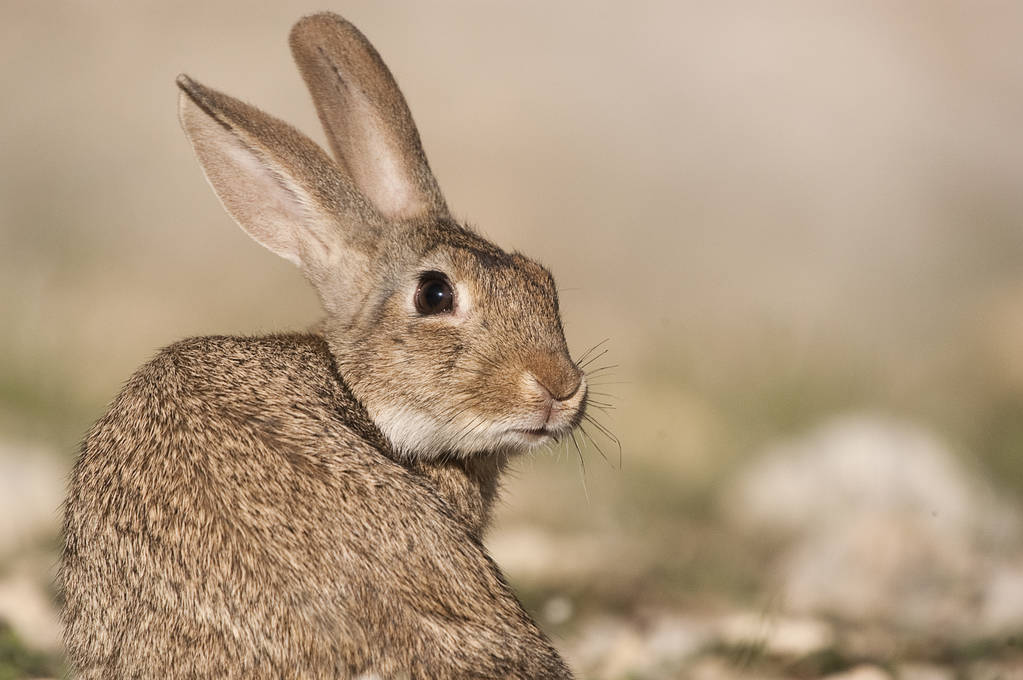Want to volunteer to help save the precious little Pika? If you'd like to observe, count, and record data on these little ones, the state of Oregon can make your dreams come true!
If you love spending time outside with a pair of binoculars, spying on adorable little critters, then this is the job for you.
The Oregon Zoo is once again seeking volunteer pika watchers to scan Columbia River Gorge terrain for the tiny, squeaking mammals.
Pikas are small, potato-sized members of the rabbit family known for their distinctive chirps, squeaks and screams that are used to protect their territory, typically found in rocky talus slopes. While the American pika is usually seen at higher elevations, there is a lower-level population in the Columbia Gorge.
Every summer, volunteers with the Cascades Pika Watch, a collaboration that is convened by the zoo, gather to map and survey pika populations, using binoculars and GPS units. Their data is then sent to biologists who analyze it to better understand where the animals live and whether their range is shifting.
In 2024, data gathered by volunteers seemed to indicate that the Columbia Gorge pika population was rebounding in areas burned by the 2017 Eagle Creek fire. Last year, volunteers spotted pikas at 65 out of 84 surveyed sites, the Oregon Zoo said, 30 of which are in fire recovery areas. It was a slightly higher rate than the 2023 survey, which found the animals at 23 out of 31 sites monitored.
This year, volunteers will begin monitoring sites at the edges of the core pika habitat, where the Columbia Gorge transitions into the more arid landscape east of Mount Hood, the Oregon Zoo said. That data could help researchers get a jump on any population changes, allowing land managers to take action before widespread declines.
“Data from Cascades Pika Watch is helping us better understand the unique ecosystem in the Gorge, and it’s been amazing to see the positive impact it’s had on both people and pikas,” Johanna Varner, scientific advisor for Cascades Pika Watch, said in a news release. “It’s open to anyone, and it’s a perfect opportunity to get outdoors and make a meaningful contribution to conservation science.”
Cascades Pika Watch volunteers will conduct regular surveys to track the American pika presence across the region. Watch sites are accessed via public hiking trails, and no special skills are required to join. Volunteers have the option to receive in-person or virtual training on how to identify pikas in the field, the zoo said. Once at a survey site, pika watchers scan boulders for signs of movement while listening for the pika’s signature squeaks.
Volunteers can attend training sessions on May 8 or 9 at the Oregon Zoo, or May 10 at the White Salmon Library. An online training will be available throughout the summer. More information can be found online at oregonzoo.org/wildlife/cascades-pika-watch.
